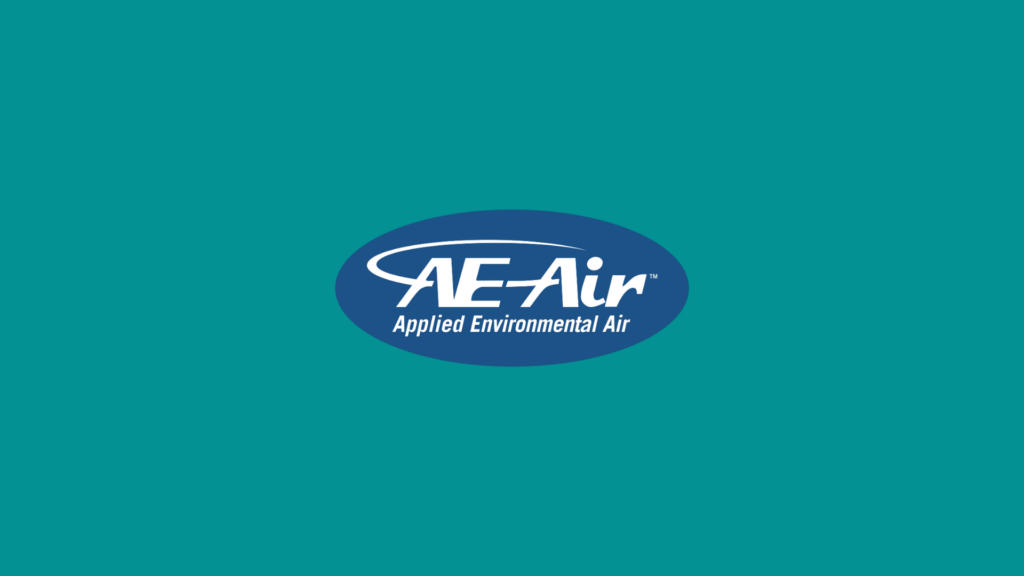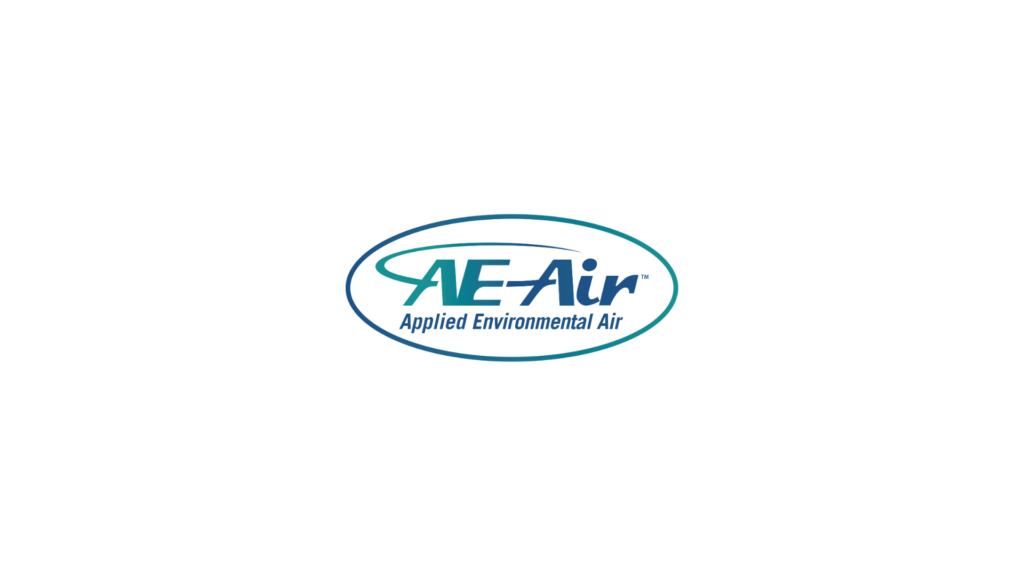Getting HVAC systems installed right the first time takes more than just following a plan. It takes someone who knows how to read the job conditions, adjust when needed, and still deliver a clean, working setup that holds up long after the tools are packed up. An experienced HVAC commercial installer understands that accuracy, timing, and communication all matter just as much as the gear being installed.
This kind of work often happens during the busiest stages of a commercial job when walls are going up and different teams are trying to finish on time. Installing mechanical systems under those conditions isn’t easy, but the right skills make all the difference. Let’s take a closer look at what a strong installer brings to each project.
Reading and Understanding Mechanical Plans
The first skill that separates good installers from great ones is the ability to read and truly understand what’s on the construction drawings. Even the best-designed plan isn’t helpful unless the installer can follow it and spot issues early.
• Installers must be able to read riser diagrams, ductwork layouts, and equipment tags with confidence
• If something seems off, like a supply plenum that won’t clear a beam, they need to catch it before installation, not after
• They help flag layout issues, like clashes with electrical panels or plumbing mains buried in soffits
Working alongside engineers and architects, these installers turn paper drawings into systems that physically fit and operate correctly.
Jobsite Coordination and Trade Awareness
Once the plan is clear, the next challenge is installing heat pumps, fan coils, or piping inside jobsites packed with other trades. Communication matters, especially on tight schedules.
• HVAC installers need to be aware of what the other trades are doing, and know how plumbing or electrical runs might affect ducts or mechanical units
• Sharing timelines with general contractors helps avoid stacked crews and unwanted delays
• Knowing when to install support hangers or cut openings before the drywall crew shows up is key to keeping the schedule intact
Without a strong sense of how all parts of the job fit together, even a small delay can snowball into bigger issues. Good installers have the experience to sense these patterns early.
Installing with Accuracy and Consistency
Getting HVAC equipment into a commercial space is one thing. Making sure it works without revisits is another. Installers must balance fast work with careful placement.
• Units should be level, secure, and placed exactly where the plans call for, especially for fan coils, thermostats, or VAV boxes
• For overhead or tight-space jobs, installers need to mount horizontal units properly so they don’t shift over time
• Handling factory-assembled parts gently makes a big difference in how systems run after startup
A repeatable process helps reduce callbacks and keeps the rest of the crew moving forward. When details like these are consistent across every unit, operation and airflow stay smooth.
Knowledge of HVAC Codes, Safety Practices, and Site Testing
No one expects an installer to play inspector, but working with local code and safety standards is a major part of the job. The best installations follow real-world guidelines from the start.
• Installers should know basic code rules, like slope on drain lines or access space in mechanical rooms
• On active construction sites, safety matters, using fall protection, handling powered lifts, or cutting near live circuits must follow the book
• Before a unit is approved for use, it needs pre-start checks, pressure hold tests, or wiring confirmations from the field
AE Air’s chilled water fan coil units are shipped fully assembled from their Texas plant, so installers receive the unit complete and ready to be set in place, which helps reduce on-site errors and streamlines installation for busy crews. Being familiar with inspection expectations saves time and reduces rework before handoff. It also builds trust with the contractors and engineers reviewing the job.
Adapting to Custom Equipment and Build Sequencing
Commercial builds rarely go exactly to plan. That’s when good installers show how adaptable they are. Sometimes, units show up with different connection points. Other times, a framing change requires rerouting ductwork.
• Custom fan coils, heat pumps, or drop-in units often need field adjustments to work with real ceiling or wall dimensions
• Knowing how to adjust hanger placement or coil access without damaging surrounding materials is a key part of that adaptation
• When build sequencing changes, say a wall gets framed in before the return duct is run, installers need to find a way to make it work without cutting corners
Flexible installation is even more important when working with AE Air’s water source heat pumps, which are ETL listed and built for field adaptability in Dallas-area commercial projects.
Why Skilled Installers Keep Commercial Projects on Track
An HVAC commercial installer does more than move equipment into place. Their decisions and timing shape how the rest of the project goes. When they work with clarity and consistency, they reduce guesswork, avoid rework, and help everyone downstream stay on task.
• Their knowledge helps prevent system-wide issues, like low airflow or overflowing drains, from turning into warranty calls later
• Their choices support engineers and help builds meet comfort, noise, and energy design goals
• Their flexibility keeps the job moving, even when late-stage changes hit
The real output of these skills isn’t just a working system, it’s a jobsite that runs smoother and a finished space that performs the way it was designed to.
Dependable Installations, Lasting Results
Skilled installers are often the quiet link between design and delivery. They understand the work, spot problems early, and make smart calls that keep systems running long after the rest of the crews have packed up. Every well-run build benefits from having professionals like these on the job. At AE Air, we value how these trades support real results.
At AE Air, we understand how much the success of a system depends on how well it’s put in. That’s why we build equipment that supports a smooth install for any skilled crew, from riser configurations to custom coil placements. If you’re looking for products that work seamlessly with the needs of any capable HVAC commercial installer, we offer dependable solutions that handle real-world job conditions. Let us know how we can support your project. Please contact us to discuss your requirements today.


